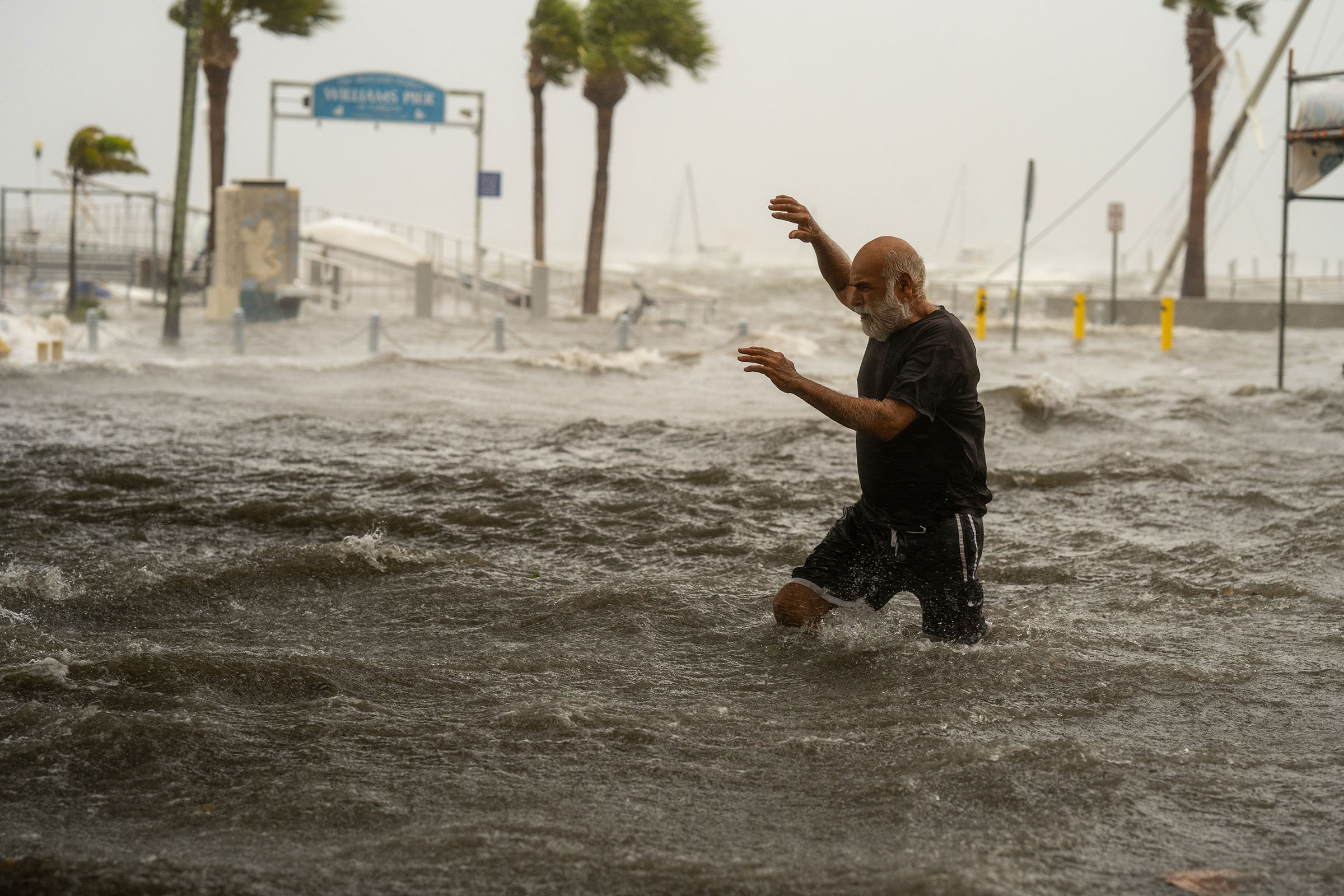Hurricane Helene hit Florida as a category 4 storm Thursday night, killing at least 13 people across Florida and Georgia and causing widespread damage, power outages and flooding throughout several states in the south.
Helene began as a tropical storm earlier this week, but was upgraded to a category 4 hurricane before it reached the U.S.The storm first made landfall in Florida’s sparsely populated Big Bend region before moving up the Gulf Coast. It brought maximum sustained winds of 140 mph and record-breaking storm surges to the state.
[time-brightcove not-tgx=”true”]
As the storm made landfall in Perry, Florida, on Thursday Florida Governor Ron DeSantis cautioned residents to expect the worst: “When Floridians wake up tomorrow morning, we’re going to be waking up to a state where very likely there’s been additional loss of life and certainly there’s going to be loss of property,” he said during a press conference late Thursday.
Read more: See the Path of Storm Helene After it Left Trail of Destruction
On Friday morning, DeSantis reported two storm-related deaths in the state, and added that there were 1.24 million customers without power across the state. A spokesperson for Georgia Governor Brian Kemp told AP that 11 people have died in the state, and dozens more are trapped in their homes. Millions in Georgia, North Carolina, South Carolina, Virginia, and Florida are without power due to the storm. As the system moved up the coast of Florida and into Georgia and the Carolinas on Friday morning, it had been downgraded to a tropical storm.
The National Hurricane Center warned of catastrophic and life-threatening flash and urban flooding, including numerous significant landslides, in the southern Appalachian region on Friday. Flooding is also expected in Northwestern, northern, and southeast Florida on Friday.

